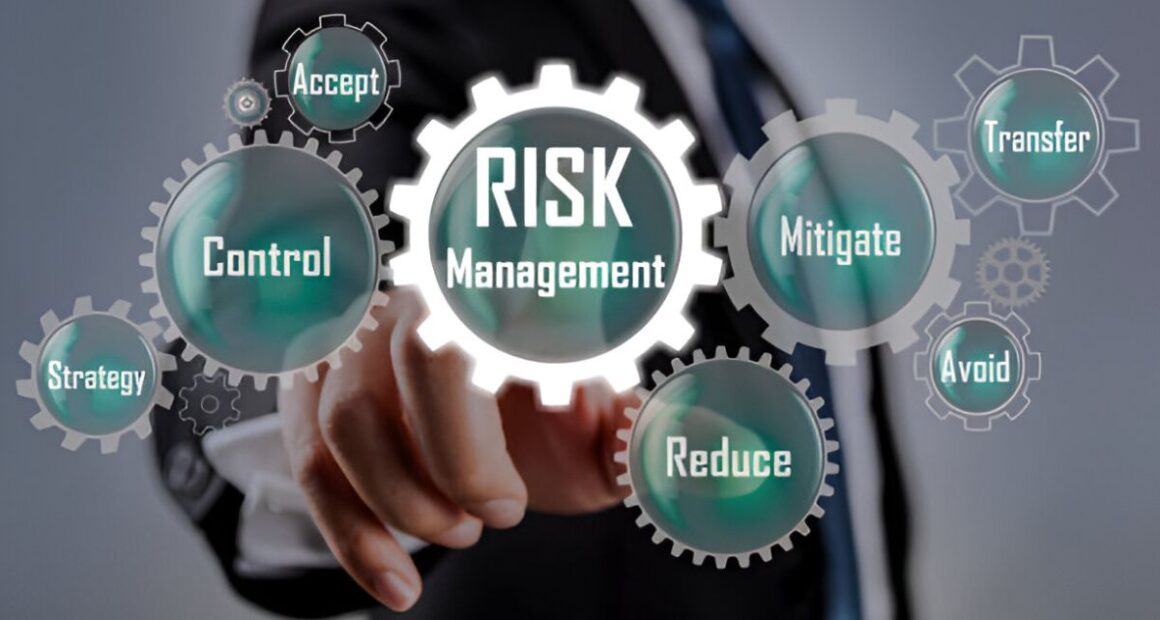ERM meaning has now emerged as an important strategy, especially for companies: Enterprise Risk Management (ERM) is a framework businesses utilize to identify and manage risks that threaten their ability to accomplish their goals. ERM does not treat risks isolated but instead endeavors to provide a comprehensive measure for all risks, including the financial and operational risks.
In this guide, you will find out what ERM is, its benefits and drawbacks, learn more about the risks that it can cover, the components of ERM, and how it differs from ERP and CRM systems.
What is Enterprise Risk Management (ERM)?
ERM meaning refers to a structured approach that identifies, assesses, monitors, manages, and controls all an organization’s risks. It is all about recognizing the risks that may negatively affect the company, evaluating them, and determining how to deal with them.
In simple terms, ERM requires businesses to be future-oriented in dealing with risk and reward within an environment. It covers all types of risks, including:
- Financial risks: External factors such as market fluctions, credit risks, or liquefaction problems.
- Operational risks: Delays due to supply chain disruptions, production halt, or system breakdown.
- Strategic risks: The actions of other festival competitors, the shifts in the broader industry, or other regulatory changes.
Components of ERM
- Risk Identification: Awareness of possible threats that may impact the organization.
- Risk Assessment: Evaluating the probability and the significance of these risks.
- Risk Mitigation: Interventions; steps to be taken to mitigate the risks and their likelihood.
- Monitoring: Periodically, comparing the risks to baseline numbers is useful to evaluate their current state, whether higher or lower.
- Reporting: Inform stakeholders about risks and their mitigation for decision-making purposes.
ERM implementation demands the integration of all organizational departments since the expectations of all departments must be well aligned with the expectations of the risk management department.
Advantages of ERM
- Holistic View of Risks: ERM gives the total perception of all dangers within an organization so that the leaders can make sound decisions.
- Improved Decision-Making: This particular one helps companies make better decisions to avoid certain risks that are not very beneficial or take advantage of risks that are virtuous.
- Compliance: ERM meaning ensuring compliance risks within a business are closely monitored to meet the industry’s legal requirements.
- Enhanced Performance: Risk management goes a long way in ensuring that a firm achieves its goals without being derailed by random events.
Disadvantages of ERM
- Cost: Integrating an ERM frame entails cost since it needs special tools, skillful employees, and technologies.
- Complexity: Managing risks in the overall organization is not always easy, especially when dealing with a big company.
- Resistance to Change: ERM’s effectiveness might be slowed by some employee’s or department’s unwillingness to accept new risk management procedures.
Risks Involved in ERM
While ERM helps manage risks, there are risks involved in its implementation, such as:
- Inaccurate Risk Assessment: Failure to accurately estimate a risk’s magnitude or frequency could result in wrong conclusions.
- Over-reliance on ERM: The danger of getting bogged down in risk management is that it might delay quick decision-making or impair it.
- Resource Drain: ERM could inevitably lead to resource and time wastage that would have otherwise been used to serve other organizational needs.
How to Implement ERM
- Establish Risk Governance: Identify who will be in charge of managing the risks. This could entail establishing a risk management committee or hiring the Chief Risk Officer (CRO).
- Develop a Risk Appetite Framework: Realize what risk level you are comfortable with for your organization. This will help you determine what decision to make.
- Risk Identification and Assessment: Develop inputs from various departments to get a risk exposure and assess possible risk severity and frequency.
- Mitigation Strategies: A detailed strategy for managing or minimizing the discussed risks is also necessary.
- Monitor and Review: ERM does not mean one-time acts. Risks should be checked continuously, and your approaches should be adjusted accordingly.
Also Read: ChatGPT Status: Everything You Need to Know
ERM vs. ERP: What’s the Difference?
ERM (Enterprise Risk Management) and ERP (Enterprise Resource Planning) serve different purposes:
- ERM is a system that is centered on the management of risks within an organization.
- ERP is a system that helps businesses manage daily operations, such as accounting, supply chain, and human resources, through an integrated software platform.
In other words, ERM focuses on risks, while ERP focuses on efficiently controlling business processes. Still, they can be synergistic since the risks identified under ERM can affect the setup of ERP systems.
ERM vs. CRM: Understanding the Distinction
CRM tools assist a company in dealing with its customers, finding ways to make clients happier, and possibly gaining more sales.
ERM deals with managing risks, while CRM deals with managing clients’ relationships. Both are crucial, but they direct their efforts to different spheres of the company’s activity. CRM helps generate revenues and engage customers. On the other hand, ERM helps reduce the risks to achieve these CRS: CRM is the strategic tool to gain revenue, whereas ERM identifies the risks that hamper the achievement of these revenues.
Conclusion
ERM meaning can be described as a practical system that enables an organization to regulate potential risks and enhance its chances of future profit-making. It affords a speculation detection, appraisal, and control framework via which businesses can make wiser decisions.
ERM has limitations, such as costs and increased risk management complication levels. ERM must also be distinguished from similarly sounding systems such as ERP or CRM, all of which perform specific tasks within the business environment.
As a business differential, ERM unearths the reward of a calm brain in a turbulent world, ensuring that risks are controlled efficiently and purposefully.





